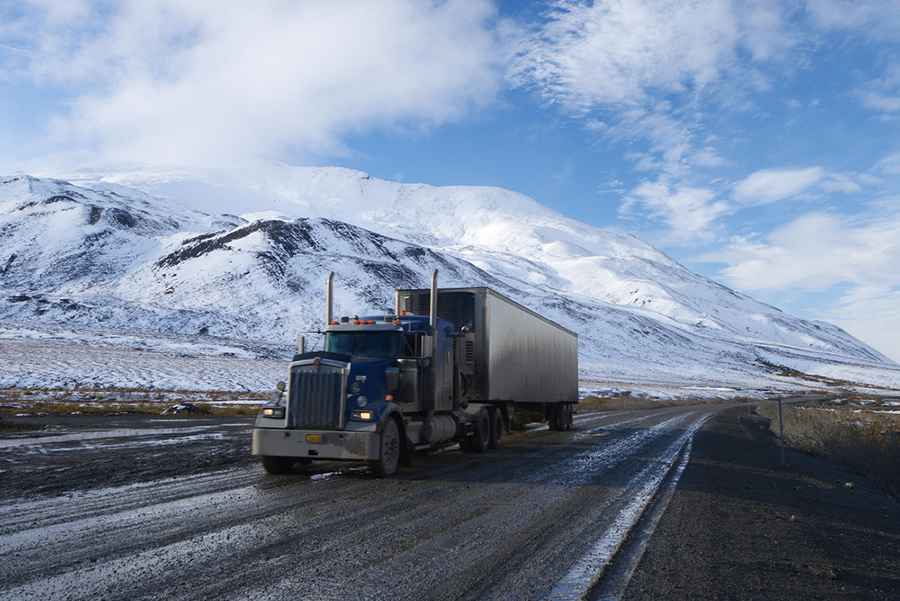Why Dangerous Roads Appeal to Drivers — and How to Stay Out of Trouble
Dangerous roads have a magnetic appeal for adventurers and thrill-seekers, offering breathtaking views, challenging terrain, and the chance to test driving skills. From Alaska’s Dalton Highway, notorious for its extreme weather conditions, to Interstate 15 in San Bernardino, these roads promise unforgettable experiences — but they also come with significant risks.

To understand why drivers are drawn to these perilous routes and how they can stay safe, we spoke with Chris Mova, a personal injury attorney and founder of the Mova Law Group, a specialist in accident and personal injury cases based in San Diego. His insights provide practical advice for navigating dangerous roads while minimizing legal and physical dangers.
The Allure of Dangerous Roads
What is it that makes roads like California’s Highway 1 — one of America’s most scenic yet perilous drives — so appealing? This iconic route hugs the rugged Pacific coastline, offering breathtaking ocean views, towering cliffs, and access to destinations like Big Sur. But it is fraught with narrow lanes, sharp drop-offs, and the constant threat of landslides or rockfalls, especially during the rainy season. Likewise, its winding path demands full attention, as one wrong move can lead to disastrous consequences.
Common Risks on Dangerous Roads
According to Mova, "Road hazards can change rapidly and unexpectedly. In many accident cases, it’s just a single moment of distraction on a challenging road that leads to serious consequences. Drivers need to stay focused and alert, especially on unfamiliar routes."
Driving on treacherous roads involves unique hazards:
- Extreme Weather: For example, drivers on Alaska’s famous Dalton Highway must regularly confront blizzards, icy patches, and isolation, making it one of the most dangerous drives in the world.
- Wildlife Encounters: In areas like the Seward Highway, moose and other animals often wander onto the road, creating sudden obstacles.
- Isolation: Remote routes like Australia’s Canning Stock Route lack cell service and emergency services, leaving drivers vulnerable if something goes wrong.
How to Prepare for the Journey
Before embarking on a dangerous road trip, proper preparation is essential.
- Vehicle Maintenance: Ensure your car is in top condition, with checked brakes, tires, and fluids. Carry spare parts and tools for emergencies.
- Emergency Supplies: Pack essentials like food, water, blankets, a first-aid kit, and a satellite phone or GPS device.
- Research the Route: Study maps, weather forecasts, and local advisories to understand potential challenges.
- Travel with Others: Whenever possible, avoid traveling alone on isolated roads.
Having a plan — and sticking to it — is important when your route takes you along one of these dangerous roads. If you do get into trouble, being prepared can be what saves your life.
What to Do If Something Goes Wrong
Even the best-prepared drivers can encounter problems. And on a dangerous road, when things go wrong, they can really go wrong.
"Gathering evidence becomes much harder on remote roads,” says Mova. “Take photos and document everything immediately after an accident since it’s this documentation that can make all the difference in establishing what really happened."
Here’s what to do if you find yourself in an accident or stranded situation.
- Stay Calm: Assess injuries and damages calmly. Call for help immediately if possible.
- Document Everything: Take photos of the scene, vehicle damage, and any injuries. This documentation may be useful later.
- Know Your Rights: If another driver is involved, exchange information but avoid admitting fault until authorities arrive.
As Mova notes, “In remote areas, response times can be slow. That’s why carrying emergency supplies and having a contingency plan is so important.”
Legal Considerations for Accidents on Dangerous Roads
Accidents on dangerous roads often involve unique circumstances, such as limited signage, poor maintenance, or adverse weather. While liability depends on the specifics of each case, Mova offers some general rules of thumb you can apply.
- Understand Local Laws: Research traffic laws and insurance requirements for the region you’re visiting.
- Notify Authorities: File a police report, even in minor incidents, to create an official record.
- Consult an Attorney: If injuries or disputes arise, seek legal advice to protect your rights.
“These roads may be thrilling, but they’re still governed by laws,” says Mova. “Knowing your options can prevent headaches down the line.”
Image credit: Depositphotos